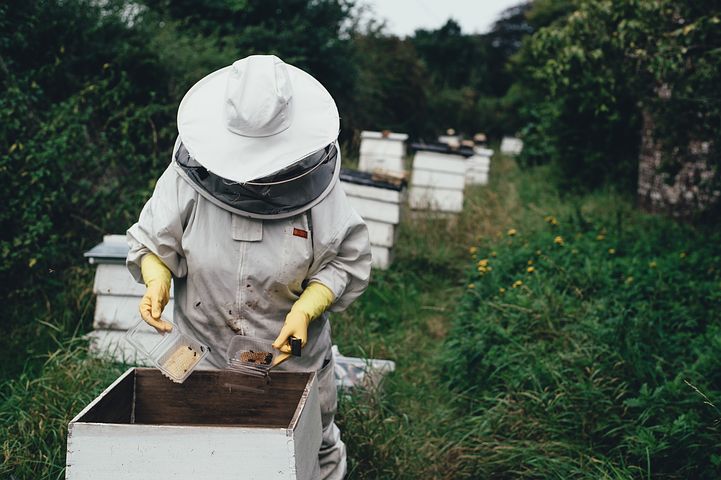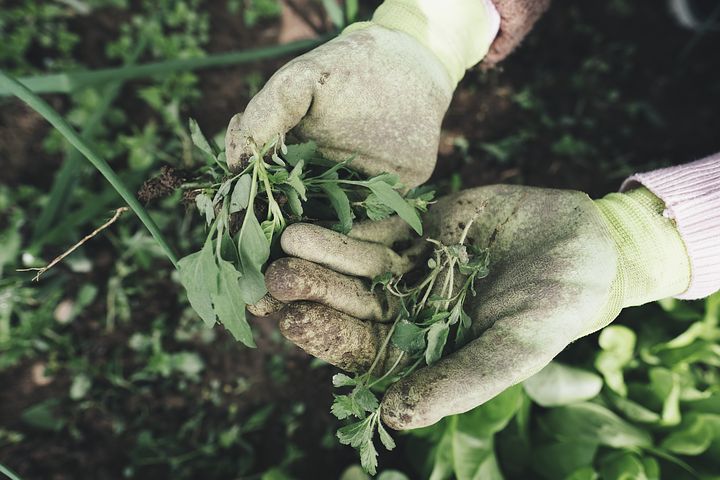If you’ve ever been stung by a bee, you may think that these insects are more of a nuisance than an asset to humans. However, honeybees are the fuel that drives our economy. These hardworking insects are responsible for the growth of $15 billion worth of food crops every year in the U.S alone, while producing $150 million worth of honey annually.

Through pollination, honeybees facilitate the growth of local Florida crops such as cucumbers, apples, and watermelons- in addition to pollinating almonds, berries, and citrus fruits across the country.
The unfortunate news is that the honeybee population is shrinking at an alarming rate. Colonies across the globe are disappearing and never coming back- with scientists struggling to figure out why this is the case. This is why you should become involved in efforts that help save your local honeybee population.
There are many simple things you can do to help local honeybees thrive. Read on to find out.
- Give them more places to live
As urban centers continue to expand across the country, local bee populations are slowly being pushed away. You may find it pleasant not having to deal with bees buzzing around your backyard, but this trend may result in significant consequences.
You can help support your local bee population by creating habitats. You don’t need to be a bee farmer with many hives to become involved. Simple actions such as planting bee-friendly plants in your backyard (or on your balcony) can help. Get your neighbors on board and designate a street corner where you can plant flowers that are rich in nectar.
- Take the chemicals away from your garden
Those who own gardens know full well how weeds and pests may affect crop growth. However, think twice before spraying pesticides and herbicides in your garden. These harmful chemicals not only chase away bees, but they also harm the environment in the process.
A better approach is to switch to organic pesticides- and to spray them at night when the bees are back in their hives. Moderation is also vital- because bees are sensitive to their environment.
- Grow plants that bees love
There’s a reason why bees pollinate flowers. They visit those flowers looking for nectar, which they use for food and honey. You can encourage the re-birth of local honeybees by planting crops that bees love to feed on. Bees are specific pollinators- meaning that they target particular species of plants when searching for nectar.
In Florida, sunflower, dragonhead, and lavender are favorites in the honeybee population. You should also avoid hybrid flowers because they tend to have little nectar available. Take advantage of the warm Florida weather by ensuring that your flowers are blooming all-year round. And finally, space out your crops around the garden. This strategy allows local bees to roam freely while feeding.
- Don’t use too much mulch
Many bee species create habitats in loose soil on the ground. If you cover up your garden with mulch, you may end up limiting the available space for bee populations.
Consider using mulch in controlled portions across your garden. Dig up loose soil and leave it open for bees to create a new home.
- Bees also need a drink
Have you ever spilled a drink and noticed bees sipping on it? If so, you understand that bees occasionally feel thirsty. You can support local bee populations by giving them something to drink.
Dig up a small pond in your garden or fill a bowl with water and place it on your balcony. Place these pools of water near colorful flowers to attract more bees.
- Make donations to relevant programs
In response to dwindling honeybee populations, many community and charitable organizations are developing initiatives aimed at supporting local bees. You can play your part by sponsoring a hive or contributing supplies to beekeepers across the country.
- Support local beekeepers
In Florida, beekeepers are working round the clock to support local bee populations. You can help them have a more significant impact by visiting your local flea market and contributing supplies such as glass jars, seeds, and fertilizer or volunteering your time and purchasing their local honey.
With everyone contributing in a unique way, we can work together to revive disappearing bee populating across the country.



